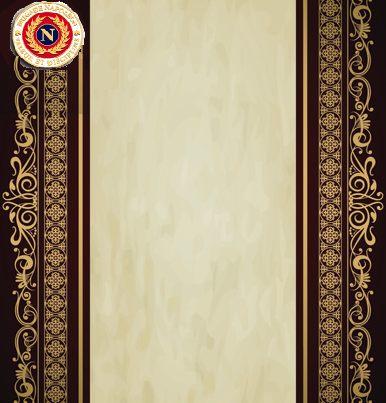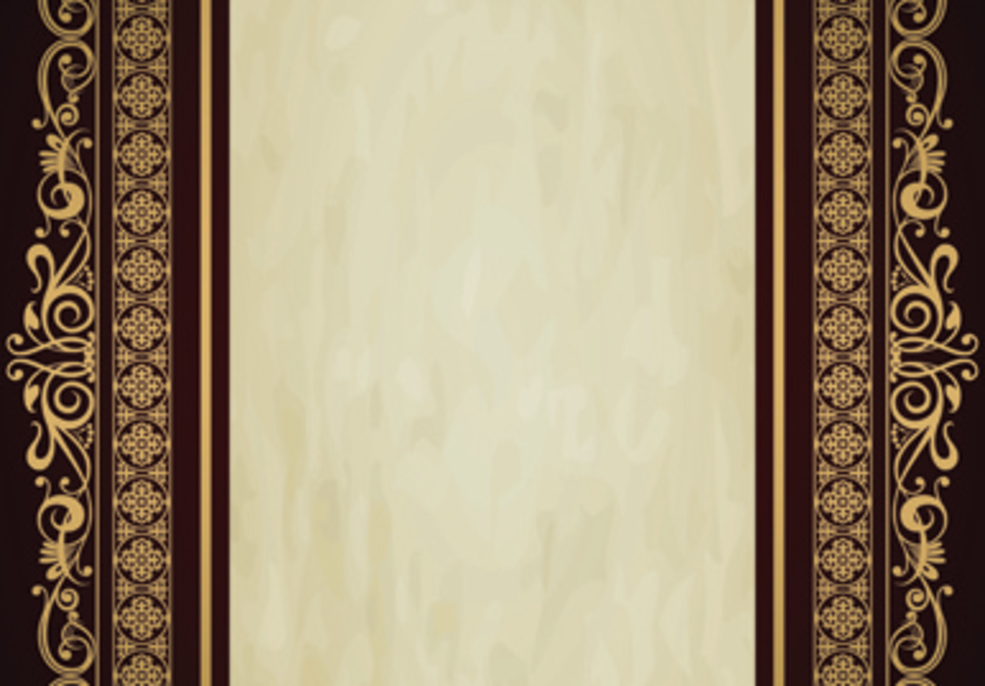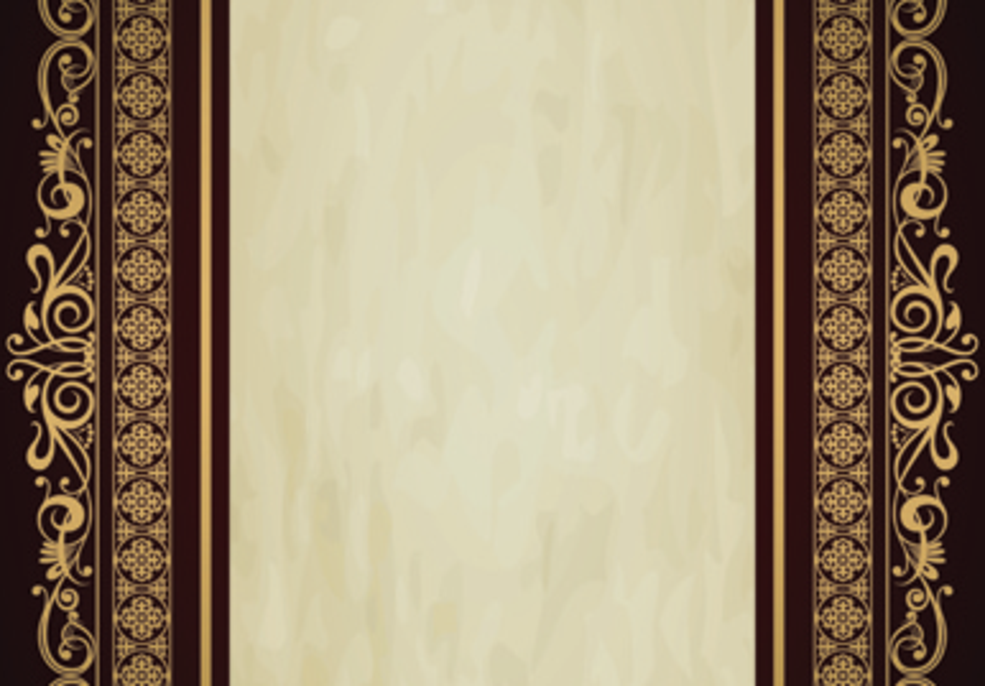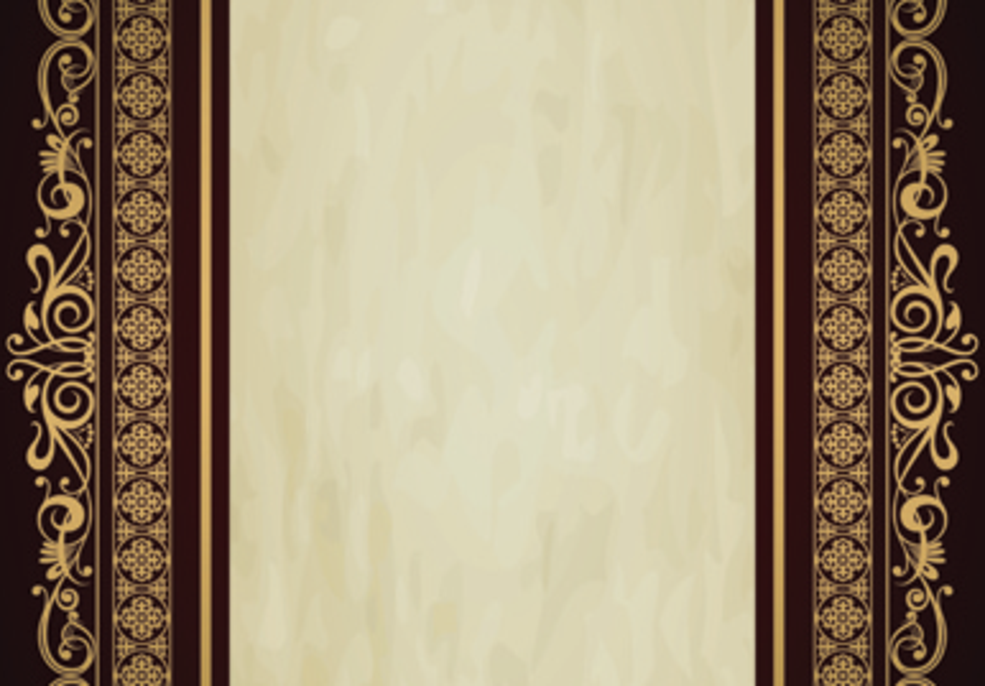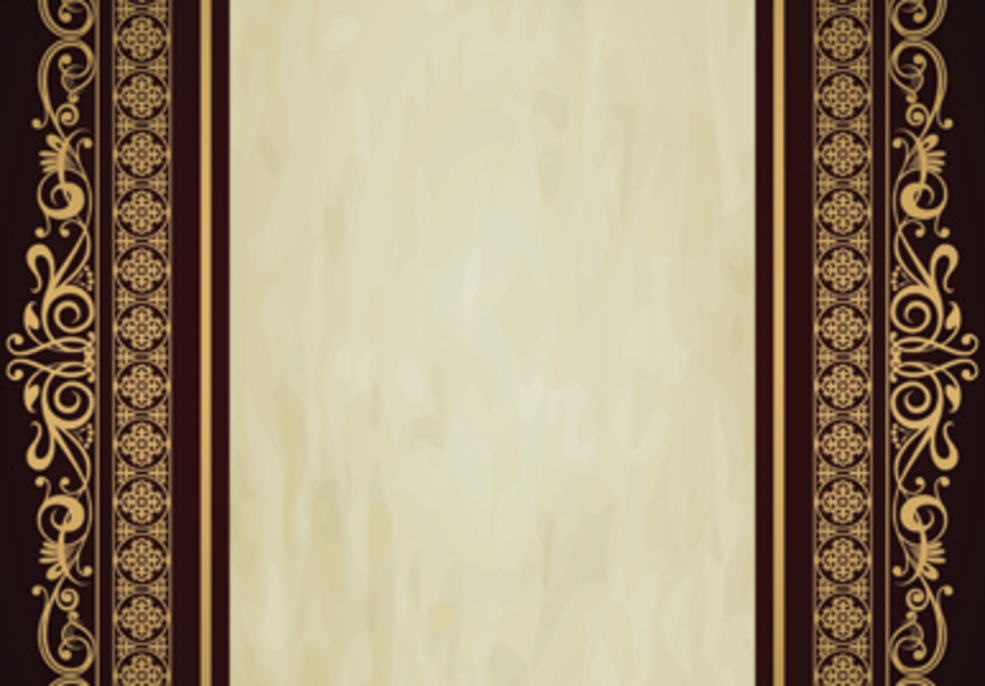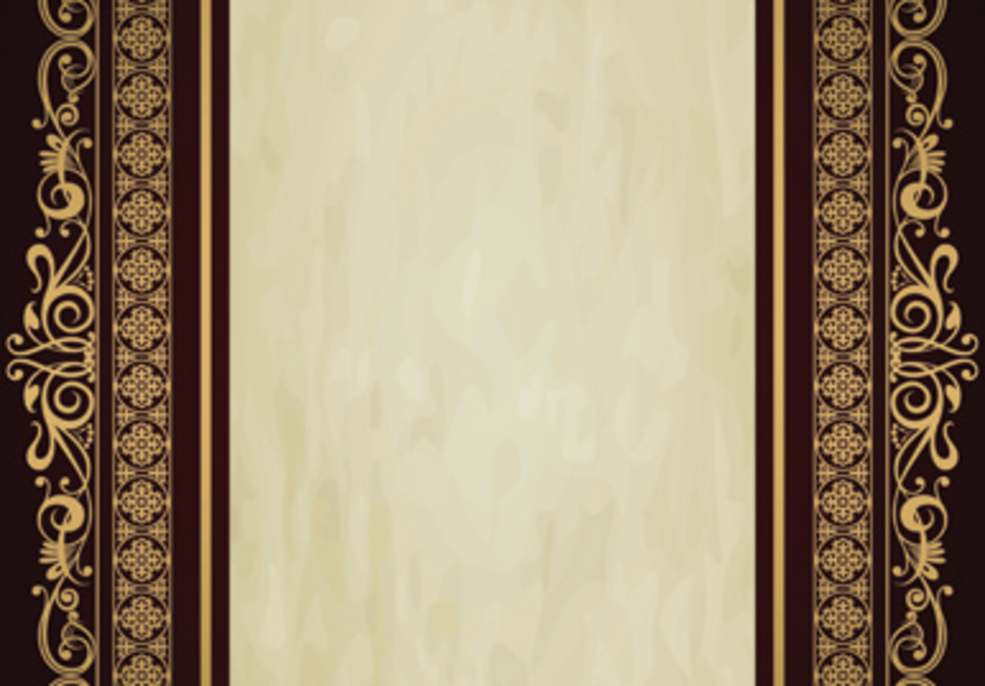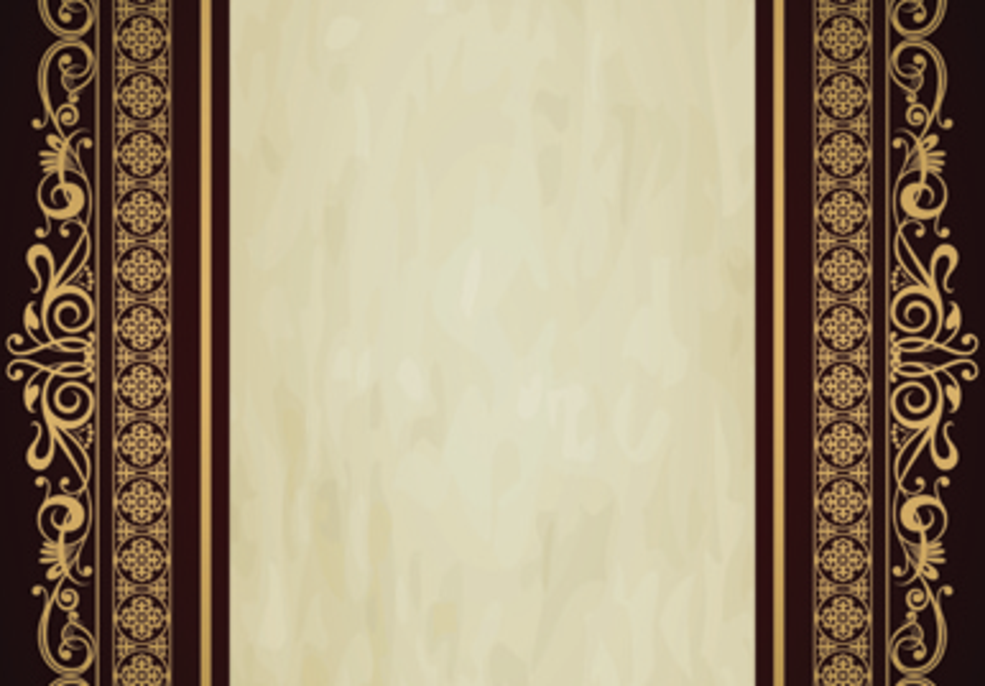How to Join Brigade Napoleon
There are three ways to join the Brigade:
New Units:
1. Apply directly to the President of the Brigade for membership, either electronically or via US mail asking for the unit/units to be admitted into the Brigade. No dues payment is required at this time. You also need to include names, addresses, phone #s and e-mail contacts for all individuals in the unit/units and identify unit commander/representative.
2. You must include a photograph either via the web or US mail of the unit/units in kit. There must be at least two members present in the photograph for the unit application to be considered.
Individuals may apply for membership in the Brigade. Members of the Brigade that are not affiliated with a unit are regarded as part of the administrative unit Quartier General/Headquarters Staff. These individuals will assist the Brigade staff at events. During combat scenarios they will be seconded to a comparable unit.
3. The above provided information is then given (via e-mail) to the voting (active) member representatives of the units in the Brigade. An online vote is taken and the unit/units applying are accepted or rejected by a simple majority vote. If you're rejected you will be told why. You have the opportunity to address the reason(s) for the rejection and you may then re-apply.
4. At the point that you are accepted into the Brigade you will be advised about membership dues. These dues and the membership list (including names addresses, phone #s, and e-mail contacts for each member) are sent to the Brigade Treasurer in one check for the total number of individuals registered, troopers or soldiers and any distaff or family who you wish covered with Brigade insurance. Dues are pro-rated from the date your unit was accepted into the Brigade. A copy of the Membership List should also be sent to the Brigade Secretary.
5. From the time your unit is accepted
you are on probationary status in the Brigade for one year. You must attend one Brigade event during the year of probationary status with at least two members before you are considered active in the Brigade. Then from that time on (one year after the date of acceptance) as long as you continue to pay dues for your members and attend events, you are a voting member in the organization. Any failure to attend in a one year time span drops you back to a probationary unit (no voting privileges); any failure to pay dues in the same time period (1year) causes you to pay back dues the next time they are due, but you are not required to re-apply as a new unit. After two years of non-payment you are no longer considered a Brigade member.
Brigade Contacts
Peter Butrite, President
Jim Cormier, les Grenadiers du 57 eme Ligne, Vice President
Jason Wilkins, Secretary
Timothy Strain Treasurer
To contact members of the Board
message us from our FaceBook page:
Brigade Napoleon
Brigade Napoleon
Safety Regulations
revised 02/14/2020
Infantry
Muskets:
1. All black powder brought to a Brigade sponsored event must be in the form of rolled cartridges. Loose or bulk black powder is prohibited.
2. Cartridge construction will be paper only, rolled into tubes with twisted, pinched, or folded ends. Maximum 125 grain charge. Cartridge is dropped after loading powder into musket - wadding of cartridges is prohibited. Use of ramrods is prohibited.
3. All participants must submit to a safety inspection by Brigade Safety Committee Members before being allowed to participate in any weapon firing demonstration. Weapons must meet the following standard to pass inspection:
a. flash guard and hammer stall
b. no cracks or splits in stock
c. furniture and barrel fit securely to stock
d. no missing stock pins or screws
e. lock works smoothly
f. lock holds half-cock
g. flint is secured by a leather or lead pad
h. frizzen and spring are in good condition
I. barrel is free of visible dents or cracks
j. muzzle is not dented or worn
k. the flint is not striking the barrel
l. no signs of heavy corrosion around the touch hole
4. Groups will fire only within established zones during tactical
demonstrations.
5. In the event of a misfire, remain still with the muzzle pointed down range for five seconds. Pour the powder out of the barrel onto the ground. Clean the frizzen, pan, and vent. Re-prime and reload. Resume fire at the next command.
6. Visitors are allowed to heft an un-loaded musket as long as control is maintained by the owner. The visitor shall not be allowed to shoulder the weapon or point it at others.
Side Arms
Unless specifically ordered by the unit commander, bayonets and other side arms are to be kept in their scabbards at all times.
Cavalry
Mounts Negative Coggins required.
Carbines and Pistols Infantry regulations will apply.
Edged Weapons
1. Unless specifically ordered by the unit commander, edged weapons are to be kept in their scabbards at all times.
2. Mounted groups will melee only within established zones during tactical demonstrations.
3. Only those riders designated by their unit commanders as qualified are to participate in melees. Other riders will remain on the periphery of the melee
4. Visitors are allowed to "heft" an edged weapon as long as control is maintained by the owner. The visitor shall not be allowed to remove the weapon from its scabbard.
Artillery
1. Establish a 50-foot wide safety zone between the spectators and the gun. Only crew members or authorized personnel are to be in this zone. No one is to be forward of the muzzle at any time.
2. Ammunition box with self-closing lid to be placed a minimum of 25 feet behind the gun with the lid opening facing to the rear.
3. Maximum blank powder charges for guns of 3-inch bore or larger should not exceed 2 oz. of Fg grade or 3 oz. of Cannon Grade GOEX black powder per inch of bore diameter. Maximum powder charge for guns with a bore of more than 2 inches and less than 3 inches should not exceed a total of 3 oz. Fg or 4 oz. Cannon Grade wrapped in heavy-duty aluminum foil. No wadding may be used.
4. No one shall cross in front of the muzzle at any time during the cleaning, loading or firing procedure.
Firing Procedure
1. Clean vent - clean the vent as the first step in each firing sequence. Use an appropriately sized bronze cleaning brush on a suitable rod and brush the entire vent twice. If no brush is available, the alternative method is to run the priming pick or gimlet up and down the went twice, twisting it to make sure the vent is completely free of powder bag remnants.
2. Seal the Vent - thumb pressure during the entire cleaning and loading procedure. No air should escape the vent from the time the worm enters the muzzle until the rammer is removed after the charge has been sealed.
3. Clean the Bore - using a tool with two sharp steel points which replicates an original cannon cleaning worm, worm the bore twice. Give two complete turns of the worm at the breech each time to pick up any powder container remnants and to loosen any powder residue. The worm should fit closely so the points will pick up debris easily.
4. Sponge the Bore - sponge with a wet (but not sopping) tight-fitting sponge with a head of lambs wool or wool carpeting over a wooden cylinder affixed to a shaft at least one foot longer than the bore. The end of the sponge head should conform to the shape of the breech plug (hemispherical or flat).
Seat the sponge against the breech with hand pressure and give two full rotations of the shaft. Withdraw the sponge half-length, twist, then reseat against the breech and give another two full rotations.
Remove the sponge. If any black powder container remnants or unburned powder comes out with the sponge, repeat the entire process, starting with Step 3: Worm.
5. Dry Sponge the Bore - after wet sponging, the same process is used with the dry sponge. The dry sponge is cleaned and dried off periodically with an absorbent towel-type rag. (The purpose of the dry sponge is to remove excess moisture from the bore; if water is left in the bore it may cause incomplete burning of the next powder charge, leaving dangerously glowing residue.)
6. Load the Charge - use a plain wooden pole without a head, or with a smoothly tapered head, so that it might force the hand open should a premature ignition occur. Staffs should be dense hard wood (ash or maple). Painted cardboard tube rammers are safer than wood and can be obtained in heavy-duty long lengths which are durable but will disintegrate into less dangerous pieces.
Mark the rammer in advance in two places, one to show the amount the shaft which should be left sticking out the muzzle when the charge is fully seated and the other to show when the rammer is fully seated at the breech.
Wearing gloves, stand to the side of the barrel with as much of your body as possible behind the plane of the muzzle. Grasp the rammer underhand, with one hand, thumb to the side. Seat the charge lightly with smooth, short strokes. Do not pound the rammer against the charge.
Immediately upon feeling the charge reach the breech, drop your hand away, releasing the rammer. After 10 seconds and after ascertaining the charge is fully home (according to the rammer marks) remove the rammer, one hand, underhand, thumb to the side. This may require grasping and releasing the shaft a few times. At no time should more of the body than absolutely necessary be forward of the muzzle face and never in front of it. Never have two hands on the rammer.
7. Priming - to insure ignition, pick the powder charge wrapper through the vent with a pick or gimlet held by the shaft, between glove protected fingers. The pick should not be so long that it reaches the bottom of the bore when fully inserted so as to avoid making pits under the vent.
8. Firing - the man designated to ignite the charge calls out "Ready to Fire" in a loud voice to alert other crews on the line that his gun is about to fire to notify the gun captain that the piece is primed. At this call, any open ammunition chests are immediately closed. The gun captain makes a quick visual inspection of the range forward of the muzzle to make sure no one (photographers, children, pets, etc.) is in danger and then gives the command "Fire". The primer is then ignited.
9. Misfires - if the primer ignites, but the gun fails to fire:
Command: "Do not advance, the primer has failed." Wait three minutes.
When three minutes have elapsed, step inside wheel from the front of the axle so you will be out of recoil path should the gun discharge unexpectedly.
Do not get in front of the muzzle at any time.
If the gun is less than full-size or barrel under 5 ft. this position might put you in danger of muzzle flash, so you will have to work behind the axle. Use good judgement. Estimate recoil distance and stand well back from axle.
Wearing gloves, use the gimlet to clear the vent. Grasp the shaft only. Keep head away from vent. When vent is clear, re-prime and fire.
If three attempts fail to fire thegun, use CO2 fire extinguisher (with horn removed) to blow down vent and force powder (and projectile) from the barrel. If CO2 is unavailable, flood the bore and vent with water.
